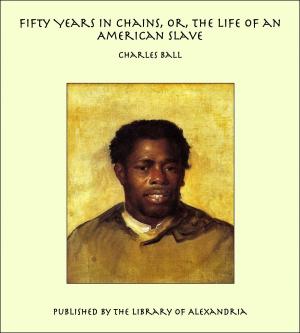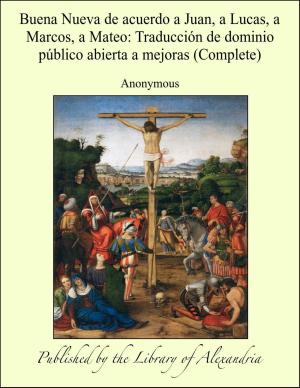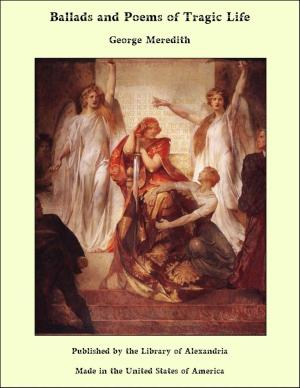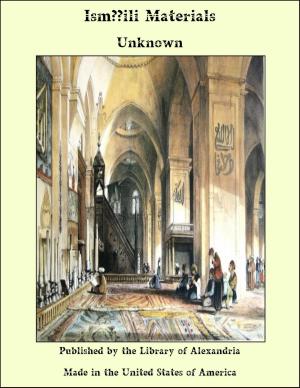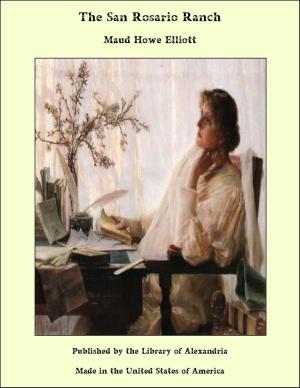| Author: | Henry Houssaye | ISBN: | 9781465617613 |
| Publisher: | Library of Alexandria | Publication: | March 8, 2015 |
| Imprint: | Language: | English |
| Author: | Henry Houssaye |
| ISBN: | 9781465617613 |
| Publisher: | Library of Alexandria |
| Publication: | March 8, 2015 |
| Imprint: | |
| Language: | English |
After an existence of forty or fifty centuries, the empire of Egypt was expiring under the “evil eye” of the Romans. The Greek dynasty, which had given to the country a new strength and reviving brilliancy, had exhausted itself in debauchery, crimes, and civil wars. It was now sustained only by the good-will of Rome, whose fatal protection was bought at a high price, and who still designed to tolerate, for a time, at least, the independence of Egypt. Freed from nearly all military service by the introduction of Hellenic and Gallic mercenaries the Egyptians had lost their warlike habits. They had suffered so many invasions and submitted to so many foreign dominations that all that remained for patriotism was the religion of their ancestors. Little mattered it to them, born servile and used to despotism, whether they were governed by a Greek king or a Roman pro-consul—they would give not an ear of corn less, nor receive a blow the more. Her glory eclipsed and her power decayed, Egypt still possessed her marvelous wealth. Agriculture, manufactures, and commerce poured into Alexandria a triple wave of gold. Egypt had erewhile supplied Greece and Asia Minor with corn; it remained the inexhaustible granery of the Mediterranean basin. But the fertile valley of the Nile—“so fertile,” says Herodotus, “that there was no need of the plough,” produced not corn only. Barley, maize, flax, cotton, indigo, the papyrus, henna, with which the women tinted their finger nails, clover sufficient for countless herds of cattle and sheep, onions and radishes, supplied to the laborers employed in building the great pyramid of Cheops to the amount of eight millions of drachms, grapes, dates, figs, and that delicious fruit of the lotus, which, according to Homer, “made one forget his native land,” were other sources of wealth. Native industry produced paper, furniture of wood, ivory, and metal; weapons, carpets, mats, fabrics of linen, wool, and silk; cloths, embroidered and painted; glazed pottery, glass-ware, vases of bronze and alabaster, enamels, jewels of gold and settings of gems. Finally commerce, which had its factories beyond the Aromatic Cape, which sent its caravans across Arabia and the Lybian Desert, and whose countless ships ploughed the seas from the Pillars of Hercules to the mouth of the Indus, had made Alexandria the emporium of the three continents. Under Ptolemy XI., the father of Cleopatra, the taxes, tithes, import and export duties cast annually into the royal treasury twelve thousand five hundred talents—sixty-eight millions of francs.
After an existence of forty or fifty centuries, the empire of Egypt was expiring under the “evil eye” of the Romans. The Greek dynasty, which had given to the country a new strength and reviving brilliancy, had exhausted itself in debauchery, crimes, and civil wars. It was now sustained only by the good-will of Rome, whose fatal protection was bought at a high price, and who still designed to tolerate, for a time, at least, the independence of Egypt. Freed from nearly all military service by the introduction of Hellenic and Gallic mercenaries the Egyptians had lost their warlike habits. They had suffered so many invasions and submitted to so many foreign dominations that all that remained for patriotism was the religion of their ancestors. Little mattered it to them, born servile and used to despotism, whether they were governed by a Greek king or a Roman pro-consul—they would give not an ear of corn less, nor receive a blow the more. Her glory eclipsed and her power decayed, Egypt still possessed her marvelous wealth. Agriculture, manufactures, and commerce poured into Alexandria a triple wave of gold. Egypt had erewhile supplied Greece and Asia Minor with corn; it remained the inexhaustible granery of the Mediterranean basin. But the fertile valley of the Nile—“so fertile,” says Herodotus, “that there was no need of the plough,” produced not corn only. Barley, maize, flax, cotton, indigo, the papyrus, henna, with which the women tinted their finger nails, clover sufficient for countless herds of cattle and sheep, onions and radishes, supplied to the laborers employed in building the great pyramid of Cheops to the amount of eight millions of drachms, grapes, dates, figs, and that delicious fruit of the lotus, which, according to Homer, “made one forget his native land,” were other sources of wealth. Native industry produced paper, furniture of wood, ivory, and metal; weapons, carpets, mats, fabrics of linen, wool, and silk; cloths, embroidered and painted; glazed pottery, glass-ware, vases of bronze and alabaster, enamels, jewels of gold and settings of gems. Finally commerce, which had its factories beyond the Aromatic Cape, which sent its caravans across Arabia and the Lybian Desert, and whose countless ships ploughed the seas from the Pillars of Hercules to the mouth of the Indus, had made Alexandria the emporium of the three continents. Under Ptolemy XI., the father of Cleopatra, the taxes, tithes, import and export duties cast annually into the royal treasury twelve thousand five hundred talents—sixty-eight millions of francs.



